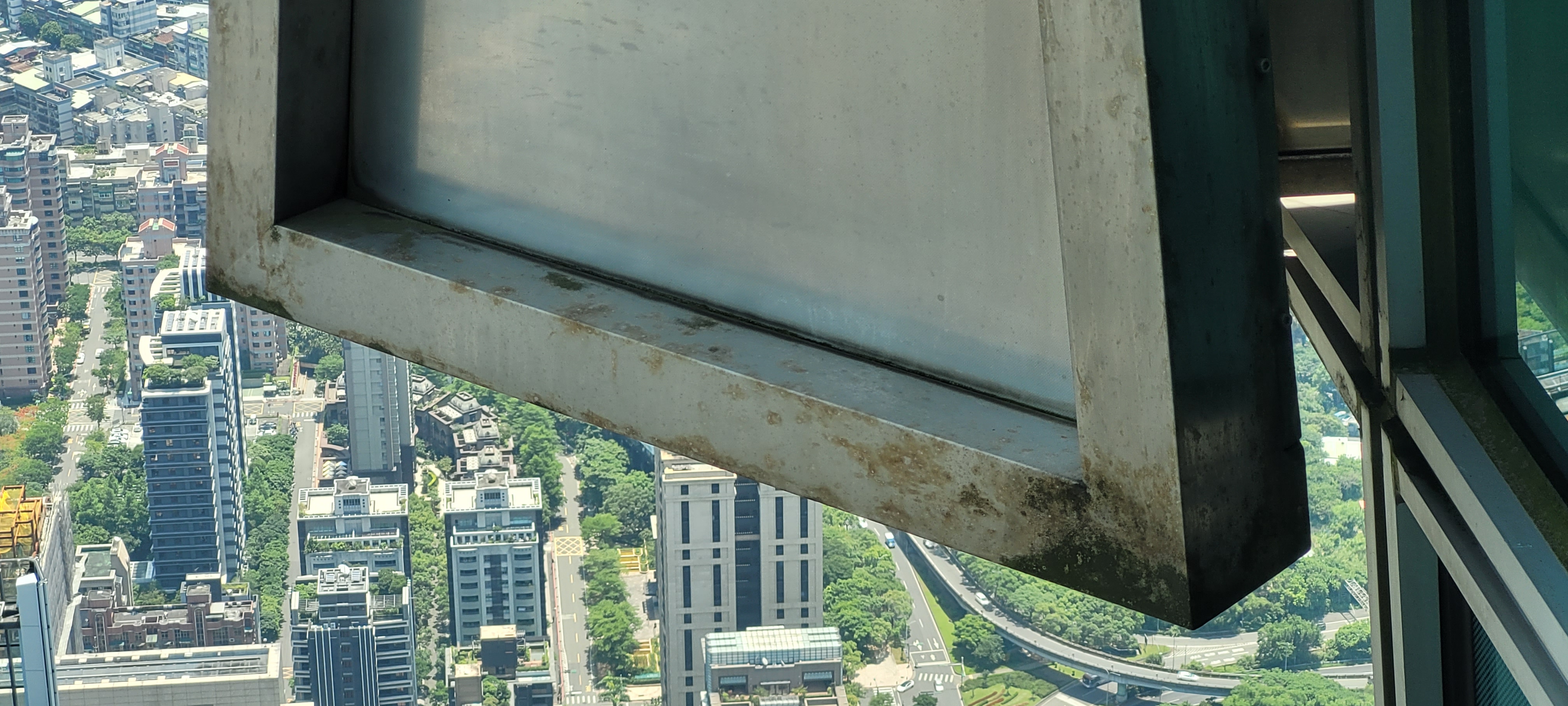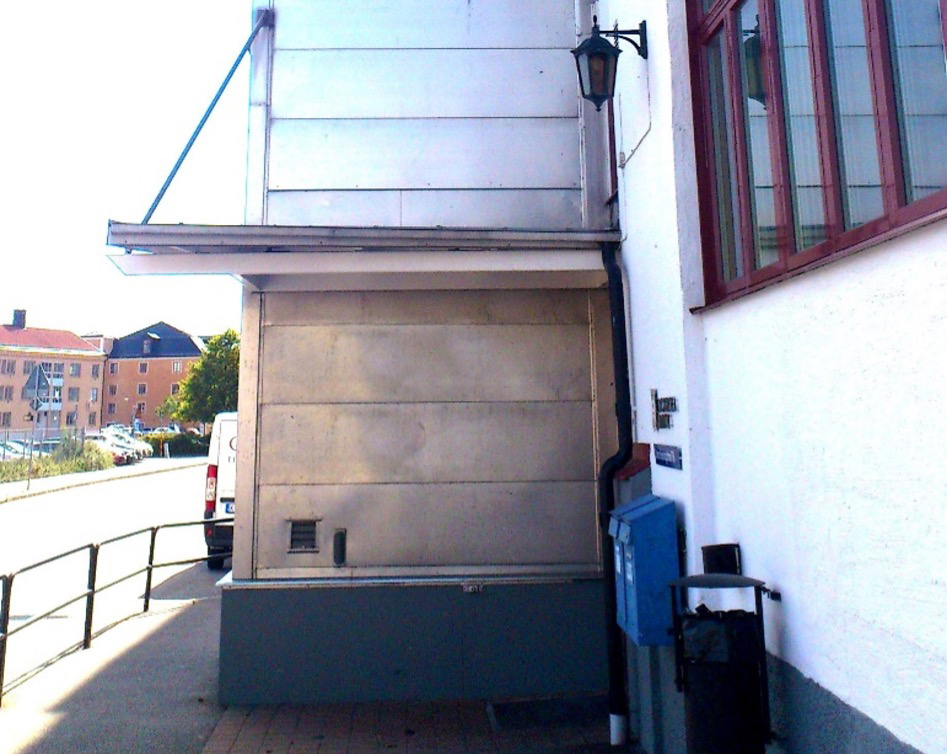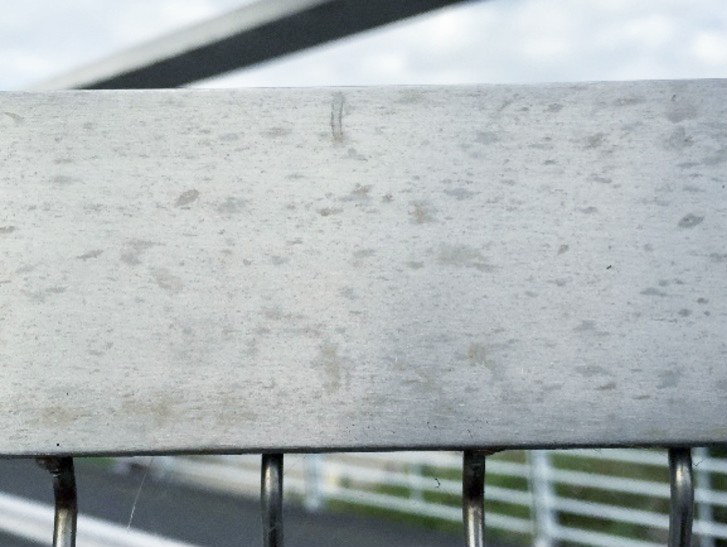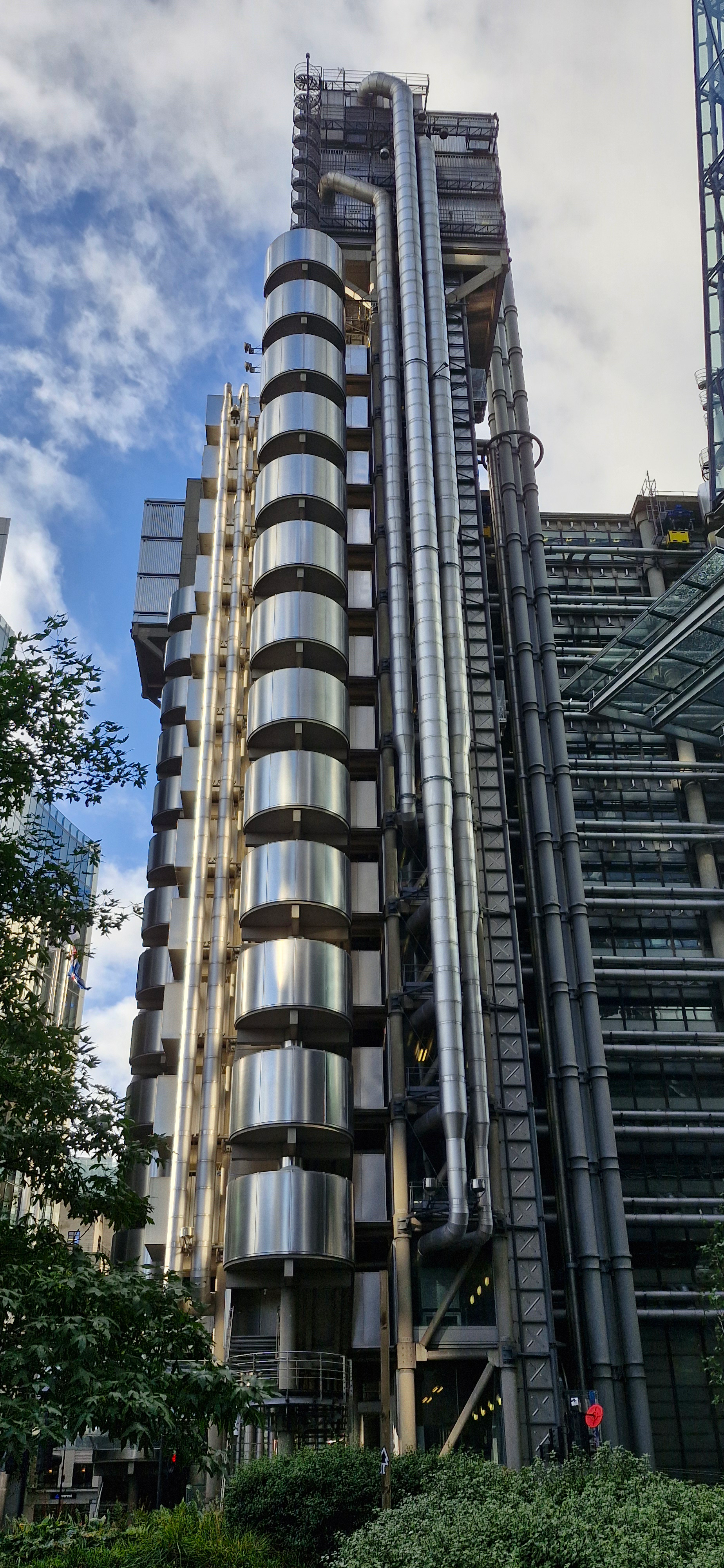Stainless steel and atmospheric corrosion: what you need to know
Understanding how stainless steels behave in atmospheric conditions is essential for achieving performance and aesthetic durability across building outer envelopes and infrastructure. This article provides a grounded overview of atmospheric corrosion, the environmental and material factors influencing it, and practical guidance for selecting the right stainless steel grade and surface finishing strategy.
What is atmospheric corrosion?
Atmospheric corrosion refers to the degradation of metallic surfaces due to their exposure to air and ambient moisture. It is not a single corrosion mechanism, but rather a range of processes driven by environmental factors such as relative humidity, airborne salt, sulfur compounds, condensation, and pollution particles.
For stainless steels, atmospheric corrosion manifests most visibly as surface discoloration, often referred to as “tea staining.” While generally superficial, such staining can undermine an architect’s design intent or give the impression of premature aging. In more severe or neglected conditions, this surface attack may evolve into pitting corrosion, which eventually could affect the material’s integrity.

Stainless steel and the role of chlorides
Stainless steel is not just one type of material. Rather, it is a family of different grades that vary widely in terms of their composition of alloying elements — although in general any stainless steel will contain at least 10.5 percent chromium. This helps the spontaneous formation of a microscopically thin, self-healing, impermeable surface layer of oxide that protects stainless steel against corrosion.
The primary driver of atmospheric corrosion in stainless steels is the presence of halides (especially chlorides) carried by sea spray, de-icing salts, or industrial emissions. Coastal and urban areas are particularly aggressive due to the combination of high chloride deposition and limited natural cleaning.
Chloride-bearing droplets from the ocean or roads evaporate and leave behind salt residue. These salt crystals can remain hygroscopic at low relative humidity, attracting moisture and forming a thin electrolyte film on the surface. This film, especially when combined with sulfur dioxide or acid rainfall, can locally destabilize the stainless steel’s passive layer, eventually allowing localized corrosion to initiate.
Environmental classifications for corrosivity
To categorize environmental severity, there are two commonly referenced standards:
ISO 9223 classifies atmospheric environments from C1 (very low) to CX (extreme) based on corrosion rate measurements primarily for carbon steel, zinc, and aluminum. Chloride deposition rates, temperature, and pollutant levels define the classification.
EN 1993-1-4 (Eurocode 3) and its Annex A define five Corrosion Resistance Classes (CRC I to V) tailored to stainless steels. This methodology considers not only chloride and sulfur dioxide levels but also factors like rainfall and washing frequency. Exposure to marine environments is expressed by proximity to moisture sources and severity of washing.
While ISO 9223 is widely used across materials, it does not directly correlate with stainless steel behavior because passive stainless steels resist uniform corrosion and instead fail by localized attack. Therefore, CRC or PRE-based (Pitting Resistance Equivalent) systems offer more targeted utility in grade selection.
Key factors affecting corrosion risk
Several interconnected variables influence corrosion risk on stainless steel surfaces:
Moisture exposure
Corrosion requires electrolytes. High humidity, condensation, or limited drying time can lead to longer time of wetness (TOW), a critical factor in corrosion propagation. Regions with frequent fog, tropical summers, or façades with poor water runoff require closer attention.
Surface contaminants
Chlorides (from salt) and sulfates (from CO₂ or SO₂ pollution) increase the aggressiveness of thin surface electrolyte films. Once dissolved in moisture, these can reduce pH and accelerate passive film breakdown.
Microclimate and shelter
Orientation and location dramatically affect exposure. Sheltered surfaces, such as soffits, window reveals, or undersides of overhangs, often suffer more corrosion due to limited rain-washing, leading to salt and dirt accumulation. In drier zones, even exposed surfaces may accumulate contaminants due to scarce rainfall.
Surface finish and roughness
Smooth, clean surfaces offer superior corrosion resistance. Rough textures from coarse brushing or grinding can trap contaminants and moisture, enhancing initiation risk. Finishes with high roughness (e.g. deep brushing) should generally not be used near marine environments unless combined with more corrosion-resistant grades.
Orientation and Geometry
Vertically brushed or embossed surfaces shed contaminants more effectively through rainfall. Conversely, horizontally aligned grain patterns can retain moisture and pollution. Corners, weld edges, and unsealed joints may act as crevice locations where corrosion concentrates.
Surface treatment and cleanliness
Post-fabrication treatments like pickling, electropolishing, and passivation remove iron contaminants, welding oxides, and promote passive layer reformation. These treatments are especially important at weld seams and heat-affected zones, which are common sources of iron oxide staining.
Material selection based on environmental severity
The corrosion performance of stainless steel increases with alloying additions of chromium (Cr), molybdenum (Mo), and nitrogen (N), which are captured by the commonly used PRE formula:
PRE = %Cr + 3.3 × %Mo + 16 × %N
For practical guidance, Outokumpu recommends using the following material series based on application setting:
- For Interior use (CRC I–II): Moda 430/4016
- For Interior and Light Urban use (CRC II–III): Core 304/4301 or Core 304L/4307
- For Urban even with light Marine-Influenced or Polluted Settings (CRC III–IV): Supra 316/4401 or Supra 316L/4404
- For Coastal or Industrial Marine Zones (CRC IV–V): Forta DX 2205, Ultra 904L or even higher-alloyed Ultra 254 SMO® or Forta SDX 2507
Application: façades and urban architecture
In architectural applications, aesthetic factors drive the demand for pristine surface retention. High-end surfaces like Deco Linen have been used successfully in Manhattan (e.g., Goldman Sachs New World Headquarters (200 West Street), 3 World Trade Center or 425 Park Ave.), London (Lloyd's building, One Canada Square, 25 Canary Wharf, Heron Tower, 5 Broadgate or 40 Leadenhall Str.), and Shenzhen (Ping An Finance Center, China Resources Center, HengMingZhu, Heng Yu, HengChang, Gemdale Center, Galaxy YaBao, Zhao Lian or China Merchants Prince Bay Tower). All these used Supra 316L with the embossed Deco Linen Finish that provides light diffusion while creating surface topography that hides fingerprinting and reduces glare.
However, even the best materials degrade without cleaning. Annual washing is often required in marine and high-traffic urban environments to remove chlorides, carbon particles, and organic accumulation. Façade elements in rain shadows or under projections should be flushed manually or designed to facilitate drainage.

Application: infrastructure and structural components
While architectural applications prioritize appearance, structural stainless steel focuses on integrity. For bridges, walkways, and support elements near roads or coastlines, grades such as Forta DX 2205 or Forta LDX 2101 provide long-term durability without coatings. The Sölvesborg pedestrian bridge in Sweden (Europe’s longest at 760 m) was built entirely with hot-rolled Forta LDX 2101 with no external corrosion protection and remains maintenance-free after over a decade in harsh Scandinavian marine conditions.
Specifiers need to consider not just the initial cost of material, but also the long-term maintenance savings and integrity of the structure. Unlike carbon steel, which requires regular repainting and rust protection, stainless steel offers lifecycle cost reductions, especially in hard-to-access zones.

Conclusion
Atmospheric corrosion represents a complex interaction between material, environment, and design. While stainless steel is not “corrosion-proof”, its performance in atmospheric exposure can be extraordinarily reliable when paired with appropriate grade selection, surface finishing, detailing, and maintenance planning.
Using stainless steel — particularly recycled grades with low embodied carbon, such as Outokumpu's Circle Green — can align durability with carbon reduction strategies.
A façade or structural detail that maintains performance and aesthetics for 50+ years without repainting not only reduces cost and environmental footprint, but proves that high-performance stainless steels are, literally and figuratively, built to weather the challenge.

Lloyds Building in London is an early example of a stainless steel facade with Deco Linen finish.
For more detailed guidance on matching stainless steel grades to specific atmospheric conditions, request Outokumpu’s full Corrosion Handbook or download the excerpt of Chapter 7 of the corrosion guide from our website. A webinar recording on atmospheric corrosion is also available.
Outokumpu corrosion extracts
Download the corrosion extract on atmospheric corrosion
